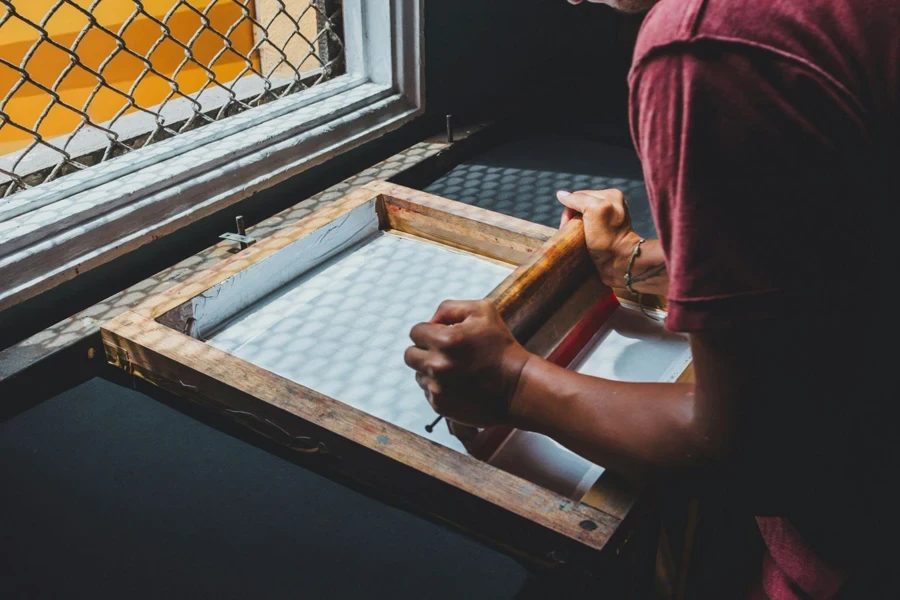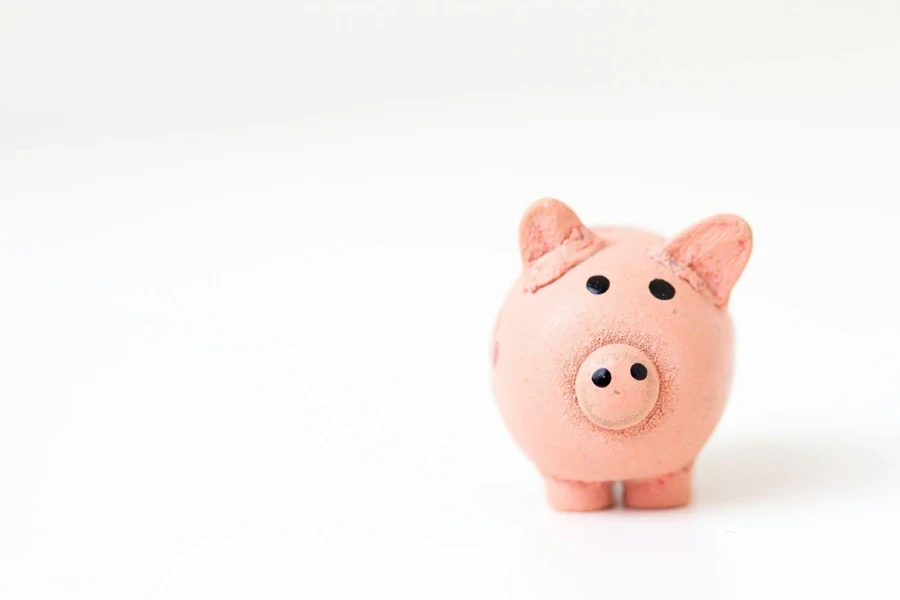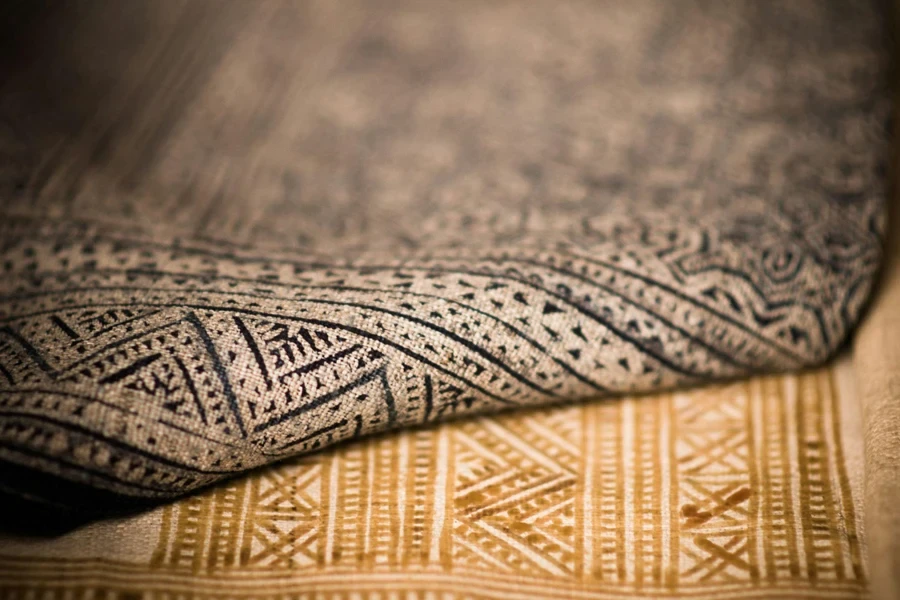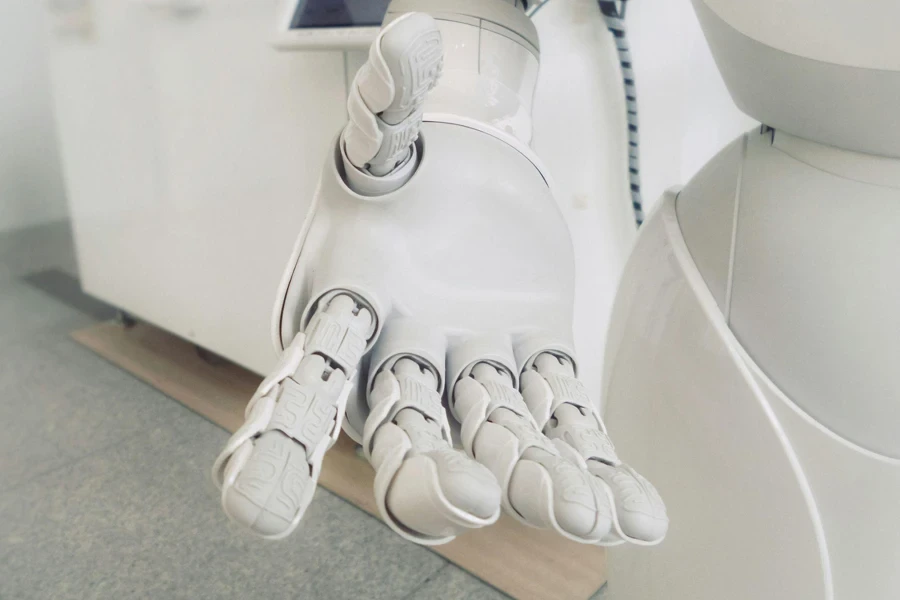Energy efficiency and sustainability have become pillars of the screen printing industry. As environmental concerns grow and energy costs continue to rise, businesses are increasingly recognizing the importance of adopting energy-efficient equipment.
Screen printing dryers represent one of the most energy-intensive steps in garment production. As such, reducing how much energy they consume can make the entire screen printing process a lot greener. Today, businesses can opt for energy-efficient machines that minimize energy consumption while maintaining the output quality.
This article will dive into the energy efficiency features available in the screen printing dryer market. It will discuss the benefits and return on investment (ROI) that businesses can expect from investing in such equipment. It will also talk about future trends in screen printing dryer technologies.
Table of Contents
What is a screen printing dryer?
Understanding energy-efficient screen printing dryers
Key features of sustainable dryers
ROI calculation: Energy-efficient vs. traditional dryers
Optimizing dryer settings for maximum efficiency
Case studies: Implementing energy-efficient dryers
Future trends in sustainable screen printing technology
Wrapping up: Embracing efficiency for higher ROI
What is a screen printing dryer?
Screen printing dryers are specialized pieces of equipment that quickly dry and cure ink on printed materials, like T-shirts and other textiles. They apply heat so that the ink can adhere properly and quickly to the fabric. This ensures print quality without risking the ink running or damaging other materials.
Screen printing shops, garment manufacturers, and businesses that produce custom apparel often use these dryers in their garment production. They help them speed up production and improve the durability of their prints.
Screen printing dryers come in several types, each using different technologies to cure ink on printed materials. Conveyor dryers are the most common, using heated air to dry items as they pass through on a belt. Flash dryers employ infrared heat for quick spot curing. Some dryers use gas heating elements, while others rely on electric or infrared technology. These dryers are designed to cure various inks, including plastisol, water-based, and discharge inks, on materials like t-shirts, textiles, and other garments.
Understanding energy-efficient screen printing dryers

Energy-efficient screen printing dryers are designed to optimize the curing process while minimizing energy consumption. They use a range of advanced technologies and innovative designs to achieve higher efficiency compared to traditional models. Their primary goal is to use less energy without compromising on print quality or production speed.
Here are some features you might find in modern energy-efficient dryers:
- Improved insulation
- Precise temperature control systems
- Optimized airflow management.
- Alternative heating methods, such as infrared or LED technology
These technologies and approaches can significantly reduce energy consumption compared to conventional gas or electric heating elements.
Key features of sustainable dryers

So, how exactly do energy-efficient screen printing dryers save energy? There are many different ways in which these machines can become more efficient. Here are some features they employ, and you might look out for when buying screen printing equipment.
Advanced insulation
High-quality insulation materials help retain heat within the dryer chamber, reducing energy loss and improving overall efficiency. Essentially, the heat does not escape during the dryer process, so energy is not wasted.
Precise temperature control
Some dryers employ sophisticated temperature control systems. These maintain optimal curing temperatures, preventing energy waste from overheating or underheating. This also ensures garment and textile quality.
Optimized airflow
Another way to optimize energy use is by employing efficient air circulation systems. These help distribute heat evenly throughout the dryer chamber, reducing hot spots and improving curing consistency.
Energy recovery systems
Some advanced dryers incorporate heat recovery mechanisms that capture and reuse exhaust heat, further reducing energy consumption. That is, they have a built-in heat recycling mechanism.
Smart controls
The most advanced screen printing dryers use intelligent control systems. They automatically adjust dryer settings based on production requirements and optimize how energy is used in real time.
ROI calculation: Energy-efficient vs. traditional dryers

To calculate your business’ ROI from an energy-efficient dryer, you’ll need to consider several factors. The process involves comparing initial equipment costs with long-term energy and cost savings. Typically, energy-efficient models will cost more than traditional ones, but your business might stand to save a lot in energy costs and brand positioning.
To calculate ROI, consider the following factors:
- Initial equipment cost: Compare the purchase price of energy-efficient dryers with traditional models.
- Energy consumption: Analyze the energy usage of both types of dryers under similar production conditions.
- Energy costs: Factor in current and projected energy prices in your region.
- Production output: Consider any potential increases in productivity due to improved curing efficiency.
- Maintenance costs: Evaluate long-term maintenance for both types of dryers.
Here is a sample calculation. Note that these numbers are not based on market prices but are guidelines you can follow in terms of the math you do when weighing the pros and cons of investing into energy-efficient screen printing equipment.
Traditional dryer:
- Initial cost: US$ 10,000
- Annual energy cost: US$ 5,000
- Annual maintenance: US$ 1,000
Energy-efficient dryer:
- Initial cost: US$ 15,000
- Annual energy cost: US$ 3,000
- Annual maintenance: US$ 800
Over a 5-year period, the total cost of owning the traditional dryer would be US$ 40,000. Meanwhile, the energy-efficient dryer would cost US$ 34,000. Your business would be saving US$ 6,000 and see an ROI of 120% on the additional US$ 5,000 investment. Plus, you’ll be doing your part for a greener planet!
Optimizing dryer settings for maximum efficiency

In addition to buying the right dryer model for your business and budget, you can maximize its benefits by choosing the right settings. When doing so, consider your projects and objectives. Here are some customizable features on screen printing dryers.
Proper temperature setting
Ensure the dryer temperature is set to the minimum required for complete curing of the ink being used. The less hot it gets, the less it costs to power.
Belt speed adjustment
Optimize the conveyor belt speed to achieve the necessary dwell time for curing without wasting energy. Again, the slower it moves, the less energy you use.
Airflow management
Adjust exhaust and air circulation settings to maintain optimal curing conditions while minimizing heat loss.
Load optimization
Properly arrange garments and fabrics on the conveyor belt to maximize the use of dryer space and reduce wasted heating.
Regular maintenance
Don’t skip on maintenance. By keeping the dryer clean and well-maintained, you’ll keep it working at peak efficiency for longer. You’ll also prevent expensive repairs.
Case studies: Implementing energy-efficient dryers
This section discusses some hypothetical scenarios on how energy-efficient dryers can help businesses succeed.
Case study 1: Medium-sized screen printing shop
A medium-sized screen printing shop in California replaced their old gas dryer with a new energy-efficient electric model. With the new dryer, the shop consumes 40% less energy and produces garments 15% faster. They recouped their initial investment in just 18 months. Now, they are seeing 25% higher profits thanks to lower operating costs.
Case study 2: Large-scale textile printer
A large-scale textile printer in Texas invested in multiple energy-efficient dryers with heat recovery systems. The new setup slashed their energy consumption in half. The shop was also able to increase production capacity by 30%. The company estimates that the energy savings alone will pay for the new equipment within three years.
Future trends in sustainable screen printing technology

The screen printing industry continues to evolve, and sustainable technologies are taking center stage. If you are in the screen printing business, stay abreast of these key trends.
IoT integration
Dryers are using Internet of Things (IoT) technology for remote monitoring and to optimize energy usage. IoT essentially connects the various pieces of equipment in a screen printing business and allows for smarter, more integrated controls.
AI-powered efficiency
AI algorithms can predict optimal dryer settings based on various factors. As demand grows, models are being trained to optimize screen printing and other fashion industry processes.
Alternative energy sources
Some manufacturers are exploring the use of solar and other renewable energy sources to power screen printing equipment. By using renewable energy, businesses can save on their energy bills while benefiting the planet.
Advanced materials
Research is ongoing into new insulation and heat-transfer materials that could further improve dryer efficiency.
Hybrid systems
Companies are working to roll out combination dryers that incorporate multiple curing technologies (e.g., infrared and convection) to optimize energy usage for different types of inks and substrates.
Wrapping up: Embracing efficiency for higher ROI
Energy-efficient screen printing dryers represent a significant opportunity for businesses to reduce costs, improve sustainability, and enhance their competitive edge. By investing in these advanced systems and optimizing their usage, screen printing shops can achieve substantial long-term savings and improved ROI.
That said, the industry is continuing to evolve. It’s crucial for businesses in this space to stay ahead of the curve and updated on its trends. Follow Alibaba Reads for the latest on the screen printing industry, sustainability, and more.



